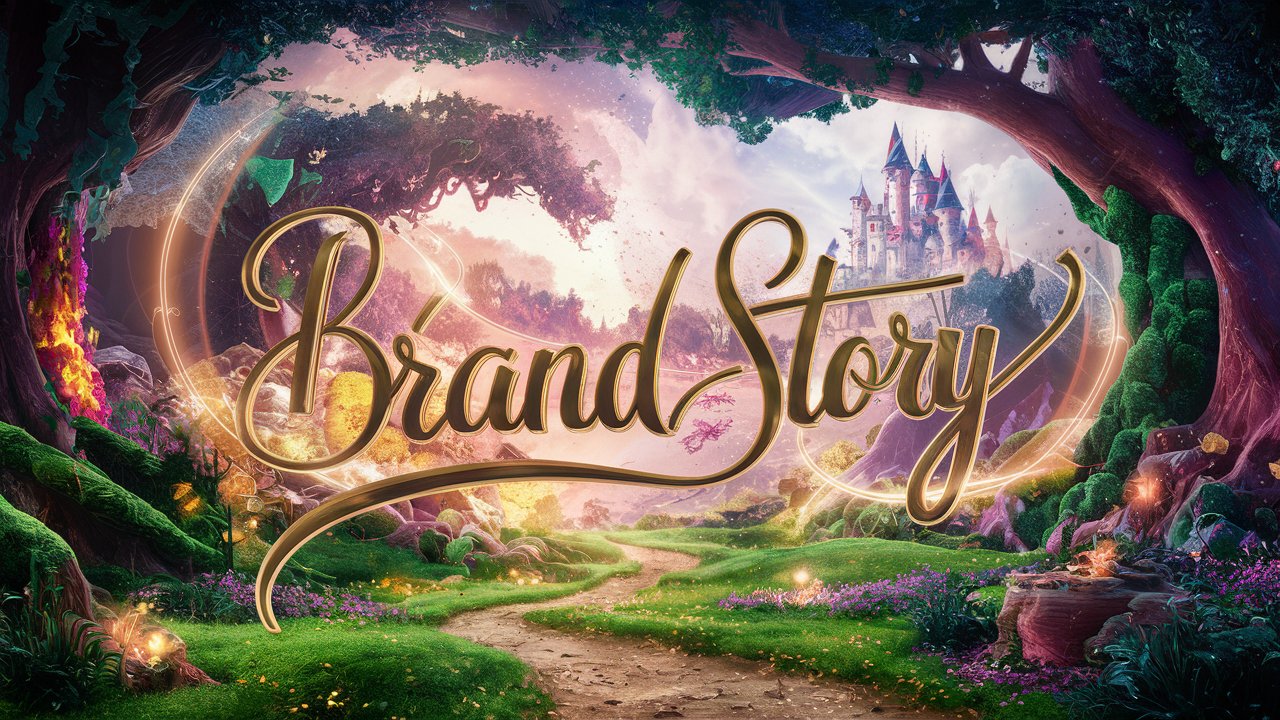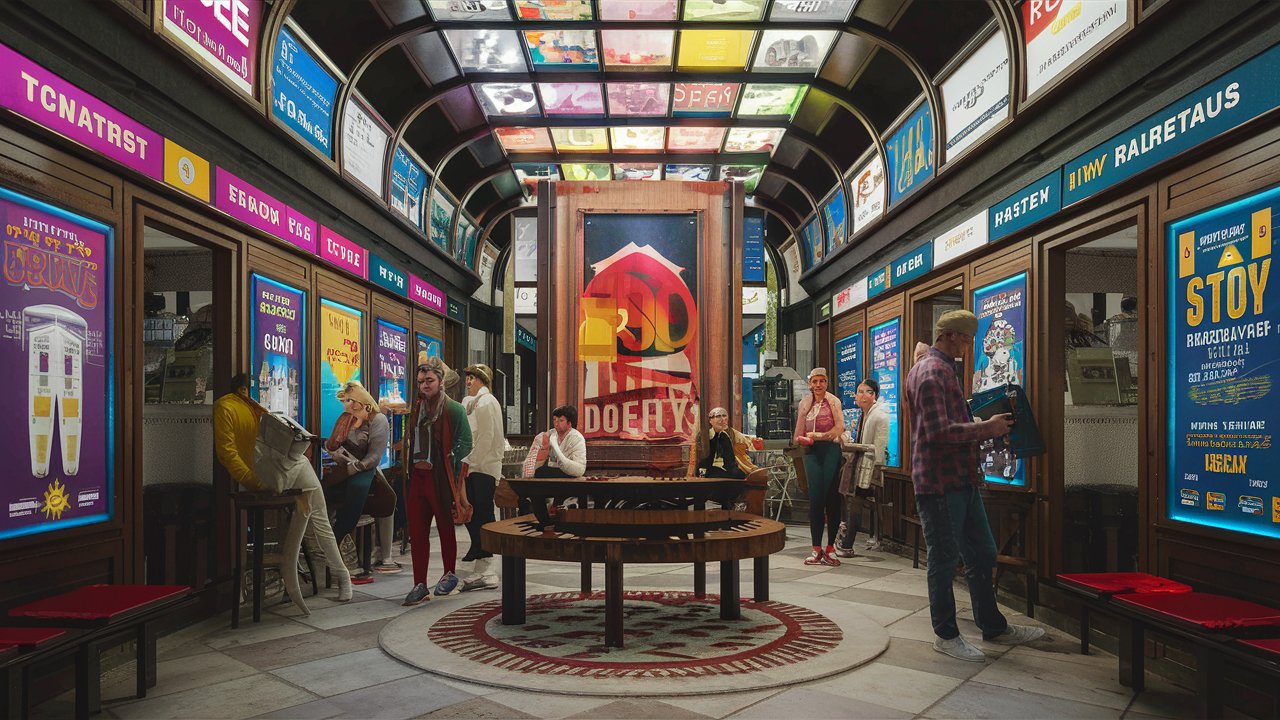Brand storytelling goes beyond mere marketing: it builds lasting customer relationships while setting you apart from competitors.
People today prefer spending their money with brands with missions they can support, increasing customer loyalty. Here are some tips on creating a brand story:
1.Create a Storyboard
Storyboarding can help make sure that video creation goes according to plan - just as building a house requires blueprints or writing an entire script requires outlining; video production also demands careful preparation through proper storyboarding.
Storyboards are visual depictions that represent each scene or shot in your video project, providing a concise way for everyone on the production team to understand your vision of how the final product should look.
Each panel should include useful notes regarding camera movements, text-on-screen and transitions between scenes to help avoid unexpected changes during production and post-production that could cost both time and money.
Start off by downloading a free storyboard template (such as this one from VistaCreate) and choosing an appropriate format - whether for film, TV or social media? Add scenes by filling each frame with sketches numbered sequentially according to your narrative arc. Finally, organize all panels in chronological order which best supports it.
2.Identify Your Audience
Brand storytelling requires a deep knowledge of your audience. In order to craft captivating narratives that engage and retain users, you must fully understand them and their values. A great place to begin this is by conducting market research or analyzing existing customer bases; this will help identify target demographics as well as pain points within them.
Your customer-releasable stories should focus on an issue they can relate to - this could be something small like personal experience, or larger such as an industry challenge. It's key that you demonstrate awareness of these struggles while simultaneously showing how your products can assist customers overcome these hurdles.
Another aspect of on-page optimization is keyword density. Relevancy of keywords and its density has a direct effect on the ranging of your website. It is critical to avoid keyword stuffing, which can penalize your website and cause it to lose its ranking. Rather, use natural-looking, relevant keywords that relate to your main topic.
Additionally, you should strive to be distinct in your approach. For instance, employing an engaging tone when branding will draw more interest and set you apart from competitors.
3.Create a Storyline
A compelling brand marketing story must be sincere, simple, and approachable for its audience to understand. A good brand story shouldn't contain all of the complexity; rather it should be easy for people to follow and comprehend.
Consider gathering feedback from those you trust on your brand narrative. Their input can provide invaluable insight into what resonates and doesn't resonate.
Establishing your storyline around key components of your brand, such as who you are (your company history and mission), what you offer (products/services offered), why they exist (to address an existing need), as well as any available resources like an existing customer base or social media following.
4.Create a Narrative
Your brand in marketing needs to go beyond simply detailing the products and services your company provides. Today's consumers increasingly look for meaning when spending their money - they want their purchase to make an impactful statement about a worthy cause or matter in society. A strong brand story can give customers this sense of purpose while building lasting customer loyalty with each purchase made by customers.
Launch your brand's story by identifying its core purpose (mission), long-term aspirations (vision), and principles that govern its actions (values). Use this information to craft an engaging narrative for your target audience.
Always strive to craft authentic narratives that resonate emotionally with your target audience. People tend to forget logos but will remember good stories. Get feedback from colleagues on your narrative before creating one yourself or hire a copywriter who specializes in narrative development for help with this step.
5.Create a Visuals
Brand marketing strategy are narratives that convey the essence and history of your company to customers and audiences, building trust while simultaneously creating emotional ties that foster brand loyalty and lasting partnerships.
To create an engaging brand story, it's essential that you use visuals that elicit emotional responses in your audience - be it videos, infographics, or other forms of content - and aim for making it memorable so people are likely to share it with friends and family.
An effective brand marketing manager will highlight what makes your company distinctive and why its relevance matters to your audience. A powerful branded content marketing narrative will allow your business to differentiate itself from competitors while creating an excellent foundation for marketing campaigns and customer recognition, loyalty, and trust among your target customers.
6.Create a Call to Action
Establishing an effective call to action for your brand story is vitally important to engage your target audience with it. A call to action must be clear and simple while also aligning with its values - the best way to do this would be through sharing success stories or reviews from happy customers who will help build greater engagement and increase trust between you and them.
Create a call-to-action by explaining how your product or service will enrich their lives, for instance by automating emails and saving time with software solutions like yours. Do this as part of your call to action message
Some Famous Examples of Brand Stories
Brand stories can be an effective tool for engaging customers, building loyalty and differentiating your business from competitors. A brand story should be an emotional experience for both you and your audience - although some of the most famous brand stories have short and straightforward tales which may already be familiar to you.
Brand stories for businesses must be real and relatable in order to evoke emotion in their target audiences and spur action. Focusing on customer experiences that make lives happier, easier and more manageable is paramount in success.
Brands that focus on being authentic and relatable stand the best chance of attracting and keeping customers. Consumers have become more knowledgeable about how brands manipulate them, seeking companies with honest promises they can rely on to meet their needs.
Marketing and advertising transparency is especially essential, with nine out of ten consumers declaring they won't buy from companies which fail to deliver clear brand messages.
storytelling has become an effective strategy for many brands to create a more memorable, recognizable, and effective brand identity. Brand stories don't need to be limited to big businesses with budgets for storytelling - smaller companies can also leverage storytelling techniques in order to attract and retain customers in an oversaturated marketplace.
Dannijo, a small jewelry accessory maker, used brand storytelling to become a global player in fashion. Their website shares an engaging narrative about their sisters who founded it and showcases their individual experiences as women entrepreneurs; providing a humanized feel for its story.
Warby Parker, provides another great example of a powerful brand story by giving away eyeglasses to people in need with every pair it sells, showing that their company cares deeply about giving back in meaningful ways to their community.
Sarah Paiji Yoo, the founder of eco-friendly cleaning product brand Blueland, started her business after discovering microplastics were present in her child's toys and food. Now her goal is to reduce plastic waste through selling eco-friendly products in reusable packaging.
Chipotle, provides another fantastic example of a fantastic brand story: their restaurant chain prioritizes high-quality ingredients and classic cooking methods to bring fine dining experiences into fast-food restaurants. Furthermore, Chipotle actively supports sustainable farming practices as well as local communities by supporting them and their initiatives.
An effective brand story requires some sort of conflict or challenge that must be resolved or overcome, or else there will be no reason for consumers to invest in its message and believe its message.
Brands that provide customers with motivational stories tend to find the greatest success, because their messages resonate with customers and speak directly to their hearts.

Nike's iconic "Just Do It" slogan elicits emotion while inspiring action.

Whirlpool's Care Counts Laundry Program uses data-driven storytelling with empathy and inspiration in mind, including real world statistics that demonstrate its impact.

Spotify provides another prime example of authentic brand storytelling.















